How Does a Circuit Breaker Protect a Circuit, Circuit breakers play a crucial role in electrical systems by protecting circuits from damage caused by excessive current flow.
These switches actively monitor and interrupt electricity flow to prevent overload or short circuits.
What is a Circuit Breaker?
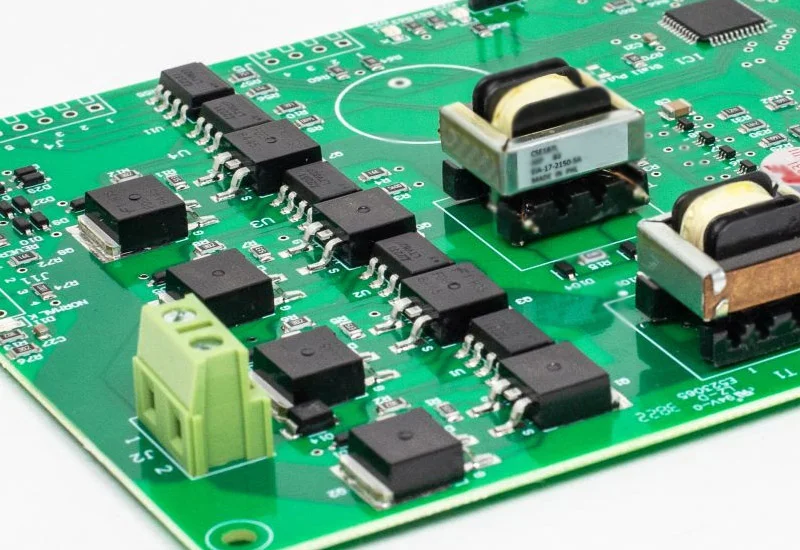
An electrical switch, the circuit breaker, automatically interrupts circuit current in response to conditions like overload or short circuit.
What Constitutes a Circuit?
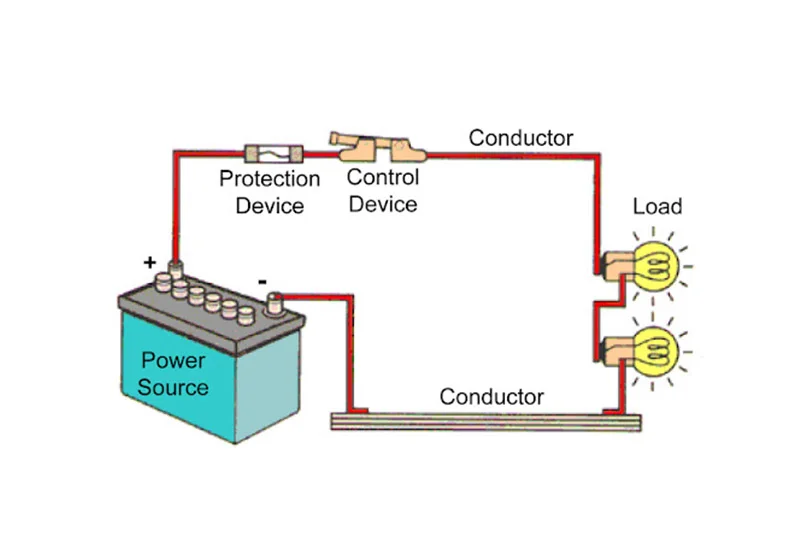
A circuit comprises conductors (like wires), a power source, a load (the device using electricity), and a switch controlling electricity flow.
The relationship between circuit breakers and circuits
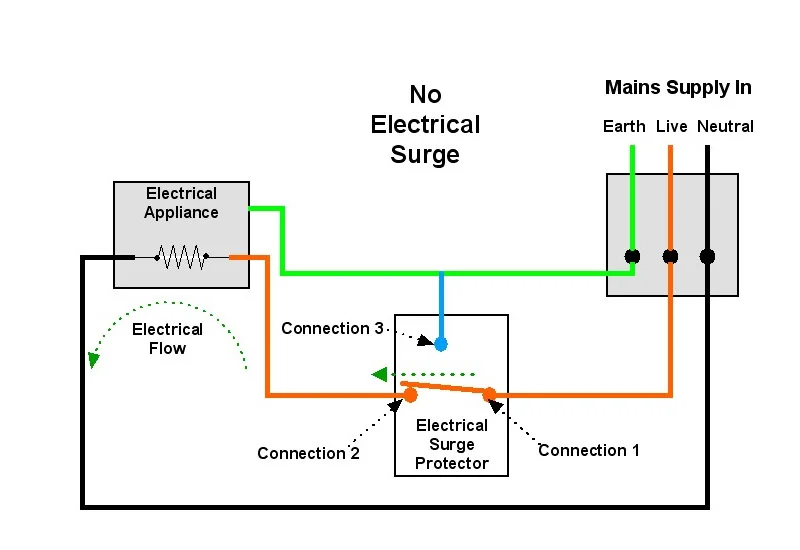
Circuit breakers and circuits have a symbiotic relationship in electrical systems. Circuits carry electrical current from a power source to various appliances, lights, and devices in a building or system. On the other hand, circuit breakers actively act as safety mechanisms, protecting circuits from overloads and short circuits, potentially causing damage or fire hazards.
Circuit breakers are installed in electrical panels and are designed to automatically interrupt the flow of electricity when it exceeds safe levels. This can happen due to excessive current caused by equipment malfunction, wiring faults, or other issues. When a circuit breaker detects abnormal current flow, it “trips,” actively cutting off electricity to the affected circuit.
In this way, circuit breakers serve as guardians of circuits, preventing them from being overwhelmed by excessive electrical current. They help ensure the safety and proper functioning of electrical systems by quickly isolating problems and preventing potential hazards.
In summary, circuit breakers and circuits collaborate to uphold electrical safety and functionality, with circuit breakers serving as protective devices, safeguarding against overloads and short circuits.
How Does a Circuit Breaker Protect a Circuit?
A circuit breaker protects a circuit by monitoring the flow of electrical current and interrupting it when it detects abnormal conditions that could lead to damage or hazards. Here’s how it works:
Monitoring Current Flow:
When electricity flows through a circuit, the circuit breaker continuously monitors the current passing through it.
Detecting Overloads:
If the current exceeds the safe operating limit of the circuit, indicating an overload, the circuit breaker quickly detects this abnormal condition.
Tripping Mechanism:
Once it detects an overload, the circuit breaker activates its tripping mechanism, which can be thermal, magnetic, or a combination of both, depending on the type of circuit breaker.
Thermal Tripping:
In a thermal circuit breaker, a bimetallic strip inside the breaker heats up due to the excess current. As it heats, it bends and eventually triggers the tripping mechanism, opening the circuit.
Magnetic Tripping:
In a magnetic circuit breaker, the tripping mechanism responds to sudden surges of current by generating a magnetic field. This field forces the breaker’s contacts to open, effectively stopping the flow of electricity.
Interrupting Current Flow:
When the circuit breaker trips, it interrupts the flow of electricity to the circuit almost instantly. This action prevents further damage to the circuit and any connected devices.
Manual Reset or Automatic Reset:
After tripping, some circuit breakers require manual intervention to reset them, while others reset automatically once the cause of the overload is resolved.
In summary, a circuit breaker actively protects a circuit by monitoring current flow, detecting overloads or short circuits, and quickly interrupting electricity flow to prevent damage or hazards. It serves as a crucial safety device in electrical systems, ensuring the safe operation of circuits and the equipment connected to them.
What types of circuit breakers exist?
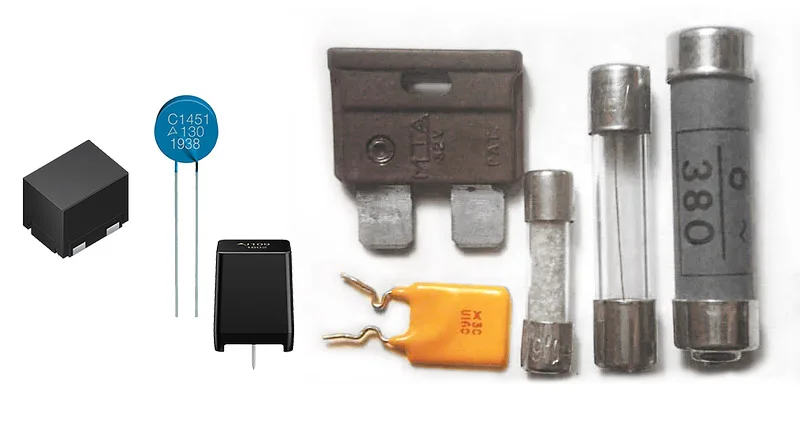
Electrical, Specialty Fuses
Electrical specialty fuses interrupt excess current flow, protecting circuits from damage caused by overcurrent conditions.
Gas Discharge Tube Arresters (Gdt)
Gas discharge tube arresters, or GDTs, shield against voltage spikes by diverting excessive voltage away from sensitive equipment.
Inrush Current Limiters (Icl)
Inrush current limiters regulate sudden current surges when electrical devices are powered on, preventing damage to components.
Ptc Resettable Fuses
PTC resettable fuses automatically reset after a fault condition is cleared, providing reliable overcurrent protection for electronic devices.
Thermal Cutoffs, Cutouts (TCO)
Thermal cutoffs and cutouts (TCO) prevent overheating in electronic devices by cutting off the current when a critical temperature is reached.
There are several types of circuit breakers used in electrical systems:
Miniature Circuit Breakers (MCBs):
Commonly used in residential and commercial applications, MCBs protect electrical circuits from overloads and short circuits. They come in various current ratings and trip characteristics.
Molded Case Circuit Breakers (MCCBs):
Larger than MCBs, MCCBs find utility in industrial and commercial settings. They offer higher current ratings and are specifically designed to handle larger loads.
Residual Current Circuit Breakers (RCCBs):
Also known as Ground Fault Circuit Interrupters (GFCIs), RCCBs safeguard against electric shock by disconnecting the circuit when a fault current to the ground is detected.
Arc Fault Circuit Interrupters (AFCIs):
Designed to detect dangerous arcing faults in electrical circuits, AFCIs disconnect power to prevent fires.
Earth Leakage Circuit Breakers (ELCBs):
Although older, ELCBs detect earth faults by measuring the imbalance in current between the live and neutral conductors. They have largely been replaced by RCCBs.
Miniature Circuit Breakers with Overcurrent Protection (MCB-OCP):
Combining the functions of MCBs and fuses, MCB-OCPs provide overcurrent protection and allow manual reset after a trip.
Hydraulic-Magnetic Circuit Breakers:
Utilizing both thermal and magnetic mechanisms to trip, these breakers are commonly employed in applications with frequent switching or high levels of vibration.
Application of How Does a Circuit Breaker Protect a Circuit
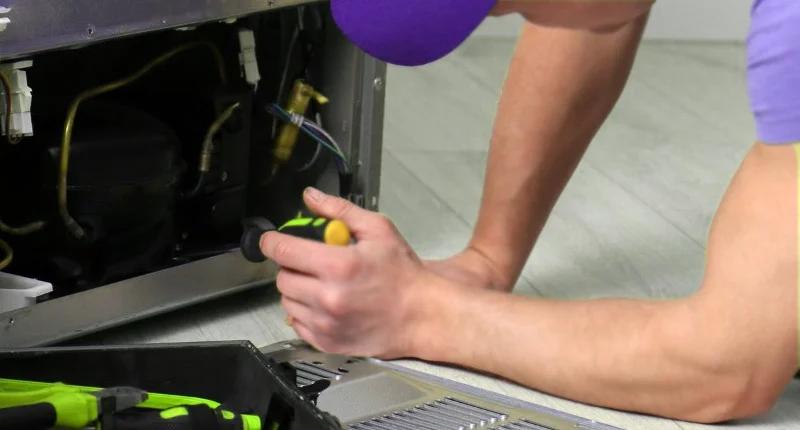
How Does a Circuit Breaker Protect a Refrigerator
Circuit breakers are crucial for safeguarding refrigerators from electrical mishaps.
These devices continuously monitor the flow of electricity to the refrigerator.
If there’s an overload due to excessive current, the circuit breaker swiftly intervenes. It does so by tripping and cutting off power to the refrigerator.
This action prevents damage to the refrigerator’s electrical components and reduces the risk of fire hazards.
Once the issue causing the overload is resolved, some circuit breakers can be manually reset, while others reset automatically.
In this way, circuit breakers play a vital role in ensuring the safe operation of refrigerators in households.
How Does a Circuit Breaker Protect an Electronic Component
A circuit breaker actively guards an electronic component by constantly monitoring the electrical current. If it detects an irregular surge in current, like an overload or short circuit, it promptly intervenes. This action involves tripping and cutting off the power supply to the affected circuit.
By swiftly interrupting the flow of electricity, the circuit breaker prevents excessive current from harming the electronic component. This proactive approach reduces the risk of overheating, fire, or other potential hazards.
Consequently, circuit breakers play a pivotal role in ensuring the safety and proper functioning of electronic devices across various settings.
How Does a Circuit Breaker Protect and Speaker
A circuit breaker is a crucial safety device that actively protects speakers from electrical hazards. By continuously monitoring the flow of electricity, it detects abnormalities such as overloads or short circuits.
When such irregularities occur, the circuit breaker swiftly intervenes by cutting off the power supply to the speaker. This proactive action prevents excessive current from damaging the speaker’s components or causing fire hazards.
Thus, circuit breakers play a vital role in ensuring speakers’ reliable operation and safety in various environments, from home entertainment systems to professional audio setups.
Conclusion
In conclusion, circuit breakers serve as vigilant protectors, swiftly intervening to safeguard circuits from harm. They detect irregularities, cut off power, and prevent damage.
This proactive approach ensures safety and reliability in diverse applications, from refrigerators to electronic components and speakers. Circuit breakers are indispensable guardians, ensuring the seamless functioning of electrical systems while mitigating the risks of fire and equipment damage.
Their role in upholding safety and reliability cannot be overstated, making them essential components in modern electrical infrastructure.




















